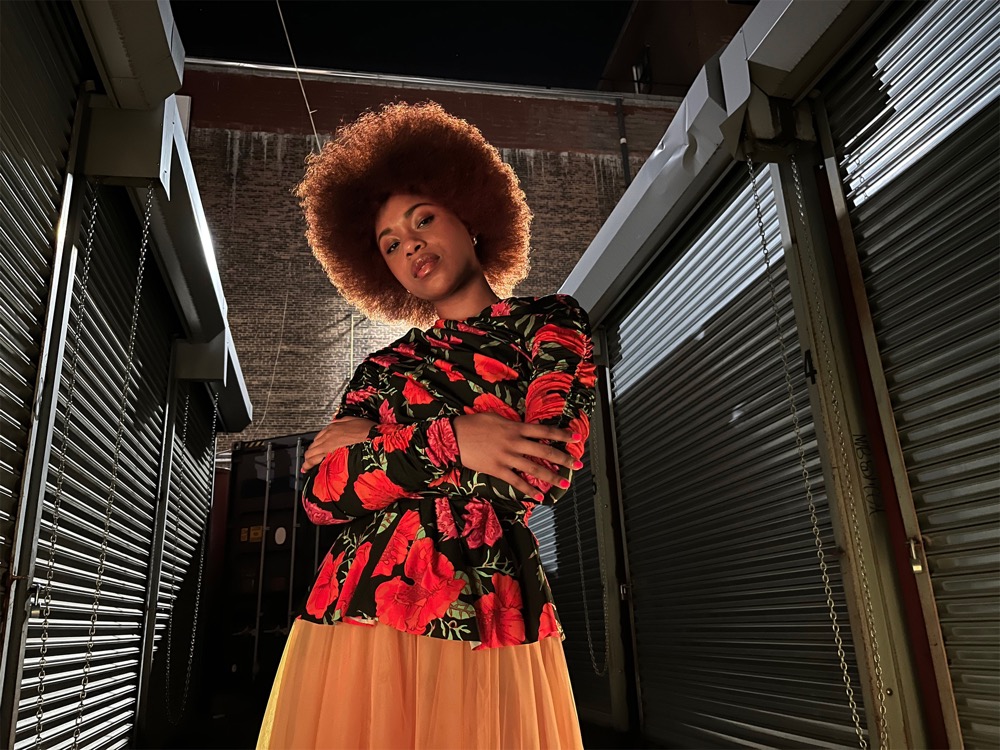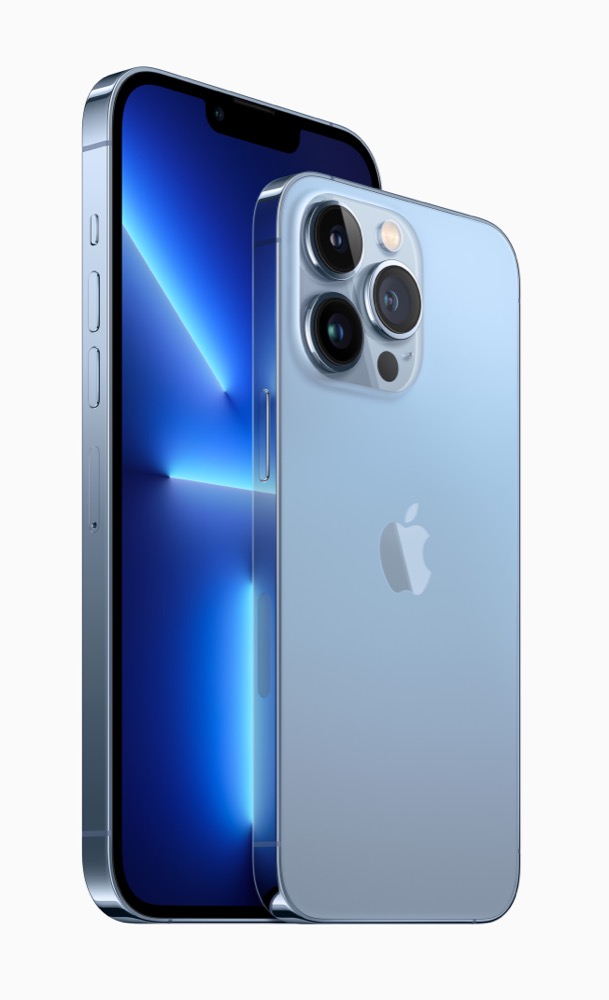How to use Apple’s Cinematic Mode on iPhone 13

Updated with info on why Apple built this mode. Cinematic Mode was one of the big Apple announcements at its ‘California Dreaming’ event during which it introduced the iPhone 13 range, Apple Watch Series 7, iPad mini and a new entry-level iPad.
What is Apple’s Cinematic Mode?
Cinematic Mode is like Portrait Mode but works with video. It is available across the iPhone 13 range.
Portrait Mode uses a little machine intelligence to create a bokeh effect behind the subject of your portrait photos. This helps the star of your photo stand out and vastly improves the picture.
Cinematic Mode is similar but inserts that same effect behind the subject when filming video. It’s something sometimes called “rack focus” in the movie industry. The system uses AI to identify faces and points of interest, will automatically detect what the focus object in a shot is, and can automatically shift focus is a new subject enters the camera frame. Cinematic Mode maintains its focus and manages focal transitions as you move between subjects, so you don’t have to.
The whole process is handled by the A15 chip which uses on-device machine intelligence to calculate all this information for you.

Who is Cinematic Mode for?
Cinematic Mode is designed to help filmmakers and amateurs shoot and edit better footage from their device, Apple said. It enables you to take good footage of complex movie sequences.
It also has neat touches, so if someone who is the subject of your shot averts their gaze to look elsewhere, your iPhone will recognize this and change the focus based on that person’s line of sight.
That’s true, but this is amazing technology makes it possible for all of us to take much better movie footage, and may change mobile filmmaking forever.
https://youtu.be/dDKbwvSvg0w
Apple made the above short clip to that shows how Cinematic Mode works.
How to control Apple’s Cinematic Mode
While Cinematic Mode is intelligent and automated, you retain control.
- When filming you can tap the screen to shift focus to a different area – you may want to focus on someone behind the foreground character, for example.
- Tap once again to lock and track that region in focus – useful if you want to track a face across the frame.
[Also read: Apple’s iPhone 13 news: What the analysts are saying]
But what if you don’t know how you want to film? That’s easy:
Cinematic mode saves each clip with a depth map, which lets you change the focus and depth after recording. You can also adjust the level of bokeh applied in Photos and iMovie on iOS and will be able to do so in Final Cut Pro and iMovie on the Mac, once those applications are updated.
It’s nice to note that Cinematic mode is on both the back and front cameras, and shoots in Dolby Vision HDR – so your selfies will see an immediate improvement.
Which iPhone models have Cinematic Mode?
Cinematic Mode is available across the entire iPhone 13 range, but you’ll get even better results using the more sophisticated camera array on the Pro models.
What limitations exist to Cinematic Mode?
Cinematic Mode does not support 4K. Instead, it records videos with a shallow depth of field at 1,080p at 30fps. Some movie makers are asking for the capacity to use it at 24fps, as used in cinema footage. In my experience, now Apple has put this line in the sand, it will continue to iterate the tech, so I’m sure its camera teams will note such things for future implementation.
What do video professionals think of Apple’s Cinematic Mode?
Apple featured director Kathryn Bigelow and DP Greig Fraser, ACS, ASC during the presentation of its new devices. “It will change the language of cinema,” they agreed.
The below clip (from c.1:08 in) shows what they could accomplish with the tool.
“There was no limitation to what I could do with this camera,” said Fraser. “One of the things iPhone couldn’t do was create the idea of depth from its lens…. That we can choose focus later… for me almost brings it up to the standard of professional film camera,” he said. Perhaps one of the least interesting things about this for video industry pros is that the feature comes with a phone attached.
What other camera improvements does iPhone 13 bring?
There is little doubt that Apple’s primary innovation focus in this year’s phones was all around photography.
For all devices
The Ultra-Wide camera has been improved with a new sensor, so it captures images with more detail in dark areas of images and film. Introduced only with the iPhone 12 Pro Max, sensor-shift OIS is now available across the range in the Wide camera, including the iPhone 13 mini. To ensure steadier shots, this feature stabilizes the sensor, rather than the lens. Every iPhone 13 model also gains Night Mode, Smart HDR 4 and more, and it’s also possible to set and use your own pre-configured Photographic Styles.
For the Pro range
The iPhone 13 Pro and Pro Max gain a wide camera with a larger sensor with 1.9 µm pixels, so you’ll get clearer images and faster shutter speeds so it captures images with more detail in dark areas of images and film. They also benefit from a larger f/1.5 aperture, for a big improvement in low-light situations, up to 2.2x when compared to iPhone 12 Pro, and almost 1.5x when compared to iPhone 12 Pro Max, Apple said.
iPhone 13 Pro and iPhone 13 Pro Max also boast a new 77 mm Telephoto camera for a total 6x optical zoom. The Pro models also get ProRes video, a widely video codec relied upon to deliver video assets for use in films, broadcasts and commercials. Both pro phones support ProRes in the Camera app at 1,080p 30 fps with the 128GB storage option and up to 4K 30 fps with 256GB and above storage options.
The following movie makes use of some of these effects, but focuses on Cinematic Mode – watch how the focus changes between objects in the frame.
https://youtu.be/8Tl1RL8MRCA
Another big improvement is Macro mode. This lets you capture amazing images as you can magnify subjects with a minimum focus distance of 2cms. This is also available in video, slow motion and time lapse shots.
Why did Apple create Cinematic Mode?
(Updated 25 September): Since this report was first made available, TechCrunch discussed Cinematic Mode with Apple’s VP Kaiann Drance and Human Interface Team designer Johnnie Manzari.
They explained that development of this feature developed organically when the team realized the critical importance of depth of focus when telling stories in movies and video.
“When you look at the design process,” said Manzari, “we begin with a deep reverence and respect for image and filmmaking through history. We’re fascinated with questions like what principles of image and filmmaking are timeless? What craft has endured culturally and why?”
When can I use Apple’s Cinematic Mode?
The first pre-orders begin in the first wave of nations on September 17, with availability beginning Friday, September 24.
- The iPhone 13 Mini costs from $699,
- iPhone 13 costs from $799,
- iPhone 13 Pro costs from $999
- iPhone 13 Pro Max costs from $1,099.
- The top of the range iPhone 13 Pro Max with 1TB storage costs $1,599.
- Apple still sells the iPhone SE from $399 and iPhone 11 from $499.
While the latter iPhones do not support Cinematic Mode, it does mean you can now get hold of a new iPhone across a price range that extends from $399-$1,599, deepening Apple’s reach into the mid-range market. People are already trading in their devices to get one of the new models when they ship.
Please follow me on Twitter, or join me in the AppleHolic’s bar & grill and Apple Discussions groups on MeWe.




